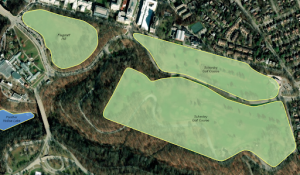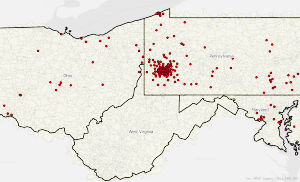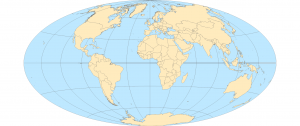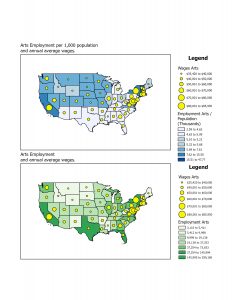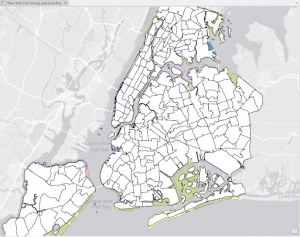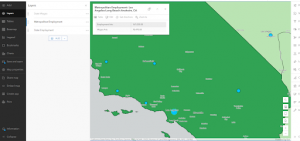Hello my name is Braden Saeler. I am a junior majoring in environmental studies. I am from St Marys Ohio.
I have taken the syllabus quiz. GIS is a very complex tool used by many for a variety of reasons ranging from being used by say archeologists to find potential dig sites. Compared to say Starbucks and potentially other large businesses using it to find the best place to put one of the buildings. Specifically seen when talking about its inspiration and founding when maps were stacked to help show the best path of travel through terrain. Which also shows another way for it to be used showing that GIS doesn’t have its own identity but rather the intent behinds its use. It has also greatly shown to be advanced and separating itself from simple mapping by producing a myriad of information. By being able to show elevations and land shaping as well as other details such as flora and fauna giving a much better look into what is truly there. The most important note I have read about however is what GIS can stand for. In the sense of geographical information systems commonly referred to as the Black Box. This pertains to any and all systems including code, computers, hardware, and software. Which is different compared to the science or GIScience as referred to in the text. I believe the separation of the two is an interesting take but possibly necessary to bring forth the thought of how for instance the spatial density of poverty in a city is computed instead of simply going along with this computer just makes everything accurate. As well as, asking questions such as how a certain model holds up in another environments as used in the text how a hydrological model would hold up in a glacial biome compared to the wetlands it was used in. Overall a very interesting read in how GIS has come to be and how it has influenced so much of our lives without us even realizing it.
The first example of GIS I looked into would be Ash trees which I have been very interested about especially with how few healthy trees are left after facing an invasive species (the emerald ash borer). I used Gemini to search for GIS what was provided was it mentioned how invaluable GIS is for species like the Ash trees found naturally in America in tracking previous sightings with the Emerald Ash Borer or EAB. With first being able to map out all Ash trees in a given location. Then providing extremely specific details on said trees for example exact measurements of the tree, if its health, previous treatment, and signs of epicormic shoots or signs of stress in any or all of the trees. This further proves to be invaluable by being able to easily determine the risk factor of any of the trees to help contain the beetle. Allowing the correct response to be taken to either help or contain said trees in any given area.

https://apnews.com/article/f1e4351ae7f64bc7b278a4e3a533172a
Another study I found interesting using GIS was conducted on something called food deserts. Which is where an area of people have little to no access to fresh or general foods for homes. The study highlighted how covid had truly shown how prevalent these areas are restricting homes availability so good nutritious meals or just in general food to keep stocked at home. They used GIS to help map these food deserts and show how we as a society have left something so detrimental to small communities and impoverish households to run rampant.
Using Local Knowledge to Better Map Food Deserts
